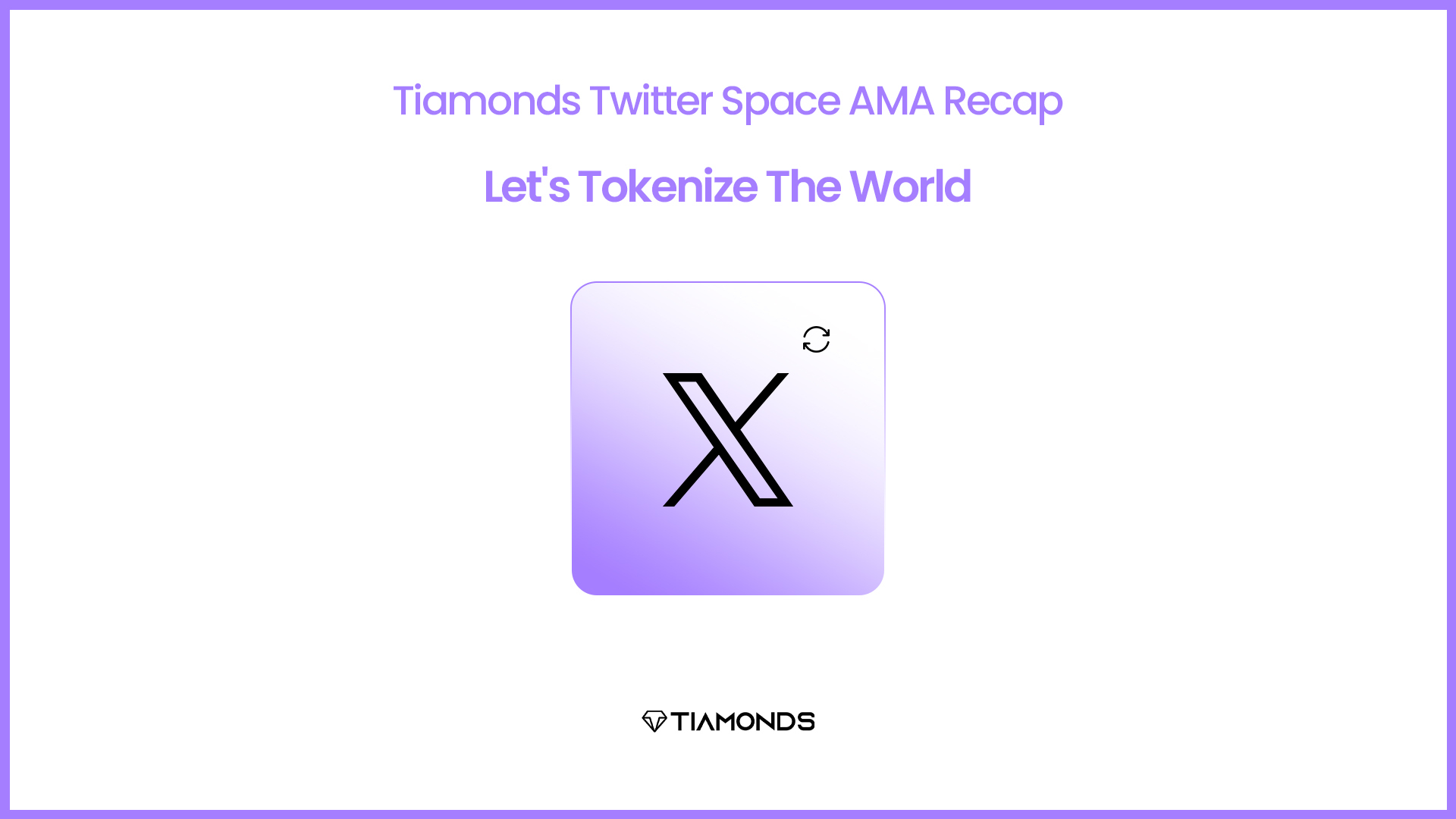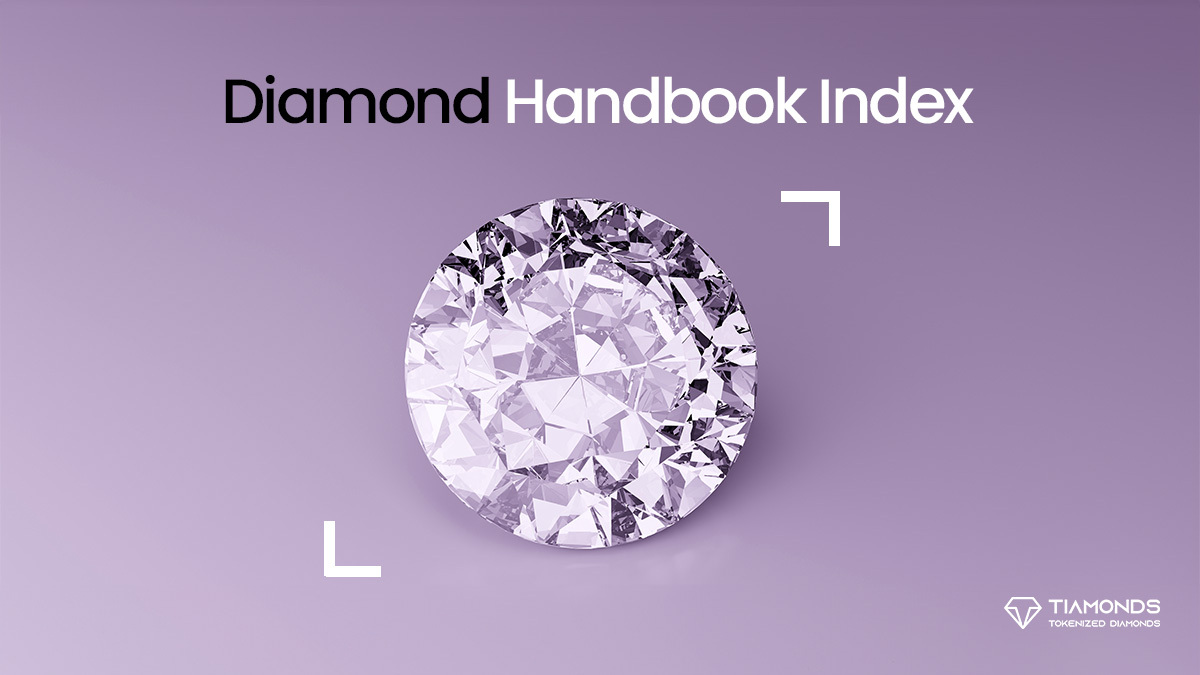The term ‘type’ is uncertain in the majority of situations. Experts use this term to describe a meticulous classification process that analyzes these dazzling gems at the molecular level.Not all diamond types have the same qualities. Yet, when most people evaluate diamond distinctions, they are more likely to consider the four C’s – cut, clarity, color, and carats – prior to classification. The types of diamonds system of distinction separates stones on the basis of their chemical and physical characteristics. By analyzing the atomic composition of a diamond, gemstone experts can determine its growth, color, and, most significantly, whether it is natural, artificial, or lab grown.
Types of Diamonds: A Technical Explanation
One can deduce a diamond’s history solely from its type. When diamonds are first developing, certain fundamental atoms, typically nitrogen – can sometimes replace carbon atoms within the crystal framework. Eventually, these atoms will migrate throughout the structure, frequently clustering together. These chemical contaminants and structural flaws are not visible to the unaided eye, but they influence the diamond’s color and appearance.
Here’s what one should know about the different types of diamonds:
Type Ia
The first thing to be noted about type Ia diamonds is their yellowish color. Why? Because nitrogen is distributed all through the crystal’s lattice in aggregates or sizable clusters.These aggregates absorb visible light at the blue end of the spectrum when nitrogen atoms are arranged in groups of three. As a consequence, the reflected light appears yellow.
These diamond types can be subdivided into the IaA and IaB subcategories. The former refers to diamonds with aggregates of two nitrogen atoms, whereas the second type includes masses of four nitrogen atoms. Both types are incapable of absorbing visible light. Most common Type I diamonds are known for their distinctive shine and their ability to absorb infrared radiation and ultraviolet light wavelengths.
Type IIa
There are no nitrogen-based impurities that could induce a yellow or brown color in type II diamonds. In addition, type II diamonds are typically irregular in shape and form under incredibly high pressure over extended time periods.
Collectors and investors are interested in collecting different types of diamonds, but they are most interested in type IIa diamonds because they are the rarest and most valuable. In fact, only 1% of all diamonds are of this variety, making them a superior investment option and a highly valuable commodity. Another reason why these gems are so extraordinary is because they hold very little or no nitrogen in their crystal lattice, preventing them from readily absorbing short-wave light.
The result is that light is readily able to pass through and reflect back at the observer’s eye, creating an incredible look. Because they are nearly pure carbon, white diamond types are extraordinarily colorless unless they contain a structure that absorbs particular wavelengths of light.
Type Ib
This type is significantly less prevalent than type Ia, constituting less than 1% of natural diamonds. In these rocks, the crystal lattice is composed of single nitrogen atoms rather than clusters. As a result of scattering, a great deal of visible light at the blue end of the wavelength absorbs and ends up in an intense color – typically yellow, orange, or brown, according to the GIA.
Type IIb
Similar to type IIa, the crystal structure of this kind of crystal lacks nitrogen elements. Boron, however, distinguishes these stones from those of other varieties.
In addition to rendering these diamonds conductive to electricity, their inclusion of this element also imparts a bluish or bluish-gray hue to the majority of them. This is due to the fact that boron absorbs light at the red end of the visible color spectrum.
Among the different types of diamonds, Type IIb diamonds are also exceedingly rare, accounting for less than 0.1 percent of all diamonds, and are therefore very valuable. The color blue can be an appealing advantage for some individuals.
Consumer-Based Diamond Classification
When purchasing jewelry, the majority of consumers do not consider gemstones’ technical properties. On the basis of appearance, consumers frequently categorize diamond types into four categories. Following are the four categories:
Natural Diamonds
Hearing the word “diamond,” what comes to mind? A white, glimmering rock discovered in the mines, right? Natural diamonds are precisely the same! These jewels are white or colorless and occur in nature.
Treated Gemstones
Artificially enhancing these diamonds. Miners extract these precious stones in the same way as conventional diamonds. Various treatments manipulate their characteristics to enhance their appearance. During their processing, these precious stones undergo inclusion filling as one of the procedures. A special material conceals the inclusions in the stone in this process. Color augmentation is an additional treatment. Generally, diamonds undergo treatments when they cannot be sold in their original state. Processed diamonds are sold at significantly reduced prices compared to their natural counterparts.
Man-Made Diamonds
They are also frequently referred to as lab-grown diamonds. Recently, synthetic gemstones have become popular. The simple fact that these are technological products also contributes to their rising popularity. As the technology used to create synthetic diamonds advances, their production becomes more affordable. In the future, they will only become more affordable.
Natural-Coloured Diamonds
In the world of diamonds, this is a rarity. They are found in a range of hues, including purple, blue, red, green, and black. However, pink and canary yellow are the most common colors.
Conclusion
Different types of diamonds in general have little impact on the visual appeal of the gemstone, so for an esteemed collector, this might not be the most important attribute in a diamond type when in search of the most significant one (whereas the 4Cs will play a larger role). As a consumer, collector, or investor, there are no downsides to advancing knowledge related to diamonds. Knowing about the various varieties of diamonds gives you an upper hand in making intelligent decisions. Knowledge of both physical and chemical characteristics beneath how they are classified will allow one to invest in the most appropriate stones.




